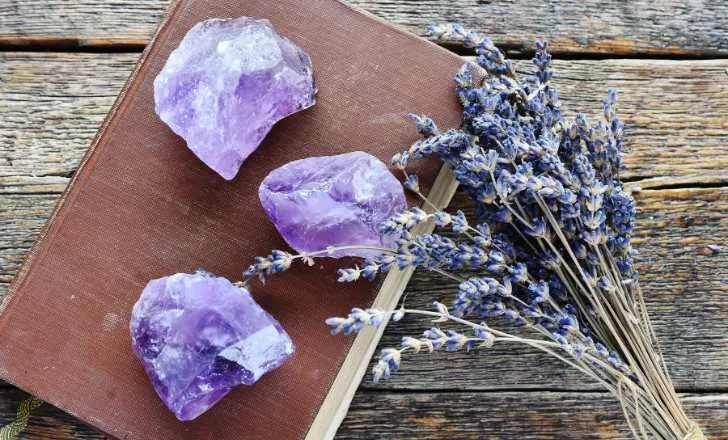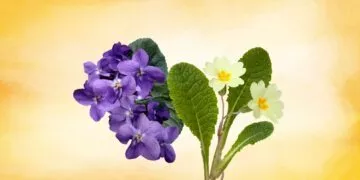It’s almost impossible to miss the sparkling purple of an amethyst gem.
It’ll undoubtedly grab your attention. But beyond its beauty, it holds sentimental value.
It’s February’s birthstone and is associated with the Aquarius zodiac sign.
Additionally, it’s the perfect gift for marking your sixth or 33rd wedding anniversary.
Here are some amazing facts about that amethyst gemstone you’ve been eyeing:
Amethyst belongs to the Quartz family. Other famous Quartz varieties include Citrine, Prasiolite, Smokey Quartz, Rose Quartz, Onyx, Agate, and Jasper.
The brilliant purple color of amethyst comes from iron residues, irradiation, and trace/transition metals. Remember to care for your amethyst crystal properly, as leaving it out in the sun can change its color from purple to orange or brown.
Amethyst can transform into other members of the quartz family, such as Citrine and Prasiolite when treated to high temperatures.
Ancient Greeks and Romans believed this purple stone could help them avoid a hangover. So drinking cups carved from amethyst or decorated with it were standard in ancient times.
The word “amethyst” originated from the Greek word “Amethystos,” which translates to “not intoxicated.” The episcopal ring set of Christian bishops had amethyst to protect them from getting drunk.
Although amethyst usually has a primary color ranging from light lavender to dark purple, it may also have a secondary color. Secondary amethyst hues are red and blue.
If you hear anyone speak of green amethyst, you can correct them without missing a beat. The proper name for what’s popularly called green amethyst is Prasiolite.
Amethyst used to be up there with the most valuable gemstones, such as Diamonds, Sapphires, Rubies, and Emeralds. However, that changed in the 18th century once large amethyst deposits were found in Brazil. Now, it’s classified as a semi-precious stone with reserves in Russia, Zambia, Uruguay, South India, the United States, and South Korea.
Deep Russian amethyst is the rarest type. They were originally mined in Siberia but can now be gotten from mines in Uruguay and the US.
Amethyst has about 25,000 years of history. First discovered in French mines, it was used for decorations and adornment.
Amethyst could hold the secret to love and beauty. Saint Valentine and Cleopatra were known to wear amethyst rings. Amethyst makes a great Valentine’s Day present because of its connection to love, even if you’re not marking a wedding anniversary.
Amethyst is usually hidden within geodes formed millions of years ago. The amethyst geode in the National Museum of Scotland formed 130 million years ago in Brazil. It may also be found alongside quartz in igneous, metamorphosed, and some sedimentary rocks.
Amethyst is valued in different religions. For example, Buddhists believe it’s cherished by Buddha and include it in prayer beads. Amethyst is also one of the gemstones mentioned in the Bible. It was the symbol for the tribe of Dan and was added to the prophet Aaron’s breastplate.
Amethyst ranks seventh on the Mohs hardness scale. Slightly above a steel nail rated 6.5. It’s still lower than diamonds which place at number 10. Amethyst is excellent for all jewelry types but needs lots of care to prevent chipping and scratching.
Amethyst often takes a hexagonal formation, meaning it has six sides. It’s usually found as a six-sided pyramid.

While they may not be as valuable as they once were, amethyst still holds special value.
It makes eye-catching jewelry and has religious significance.
It’s often called the stone of peace and is believed to possess calming and spiritual healing properties.
The best part is that it’s readily available so that anyone can appreciate its beauty and benefits.


















